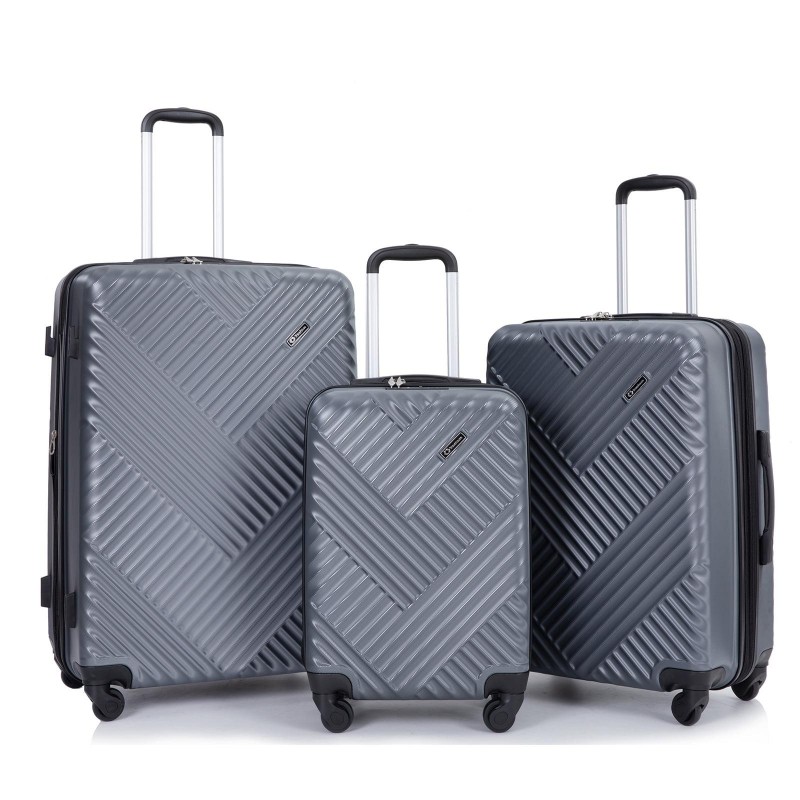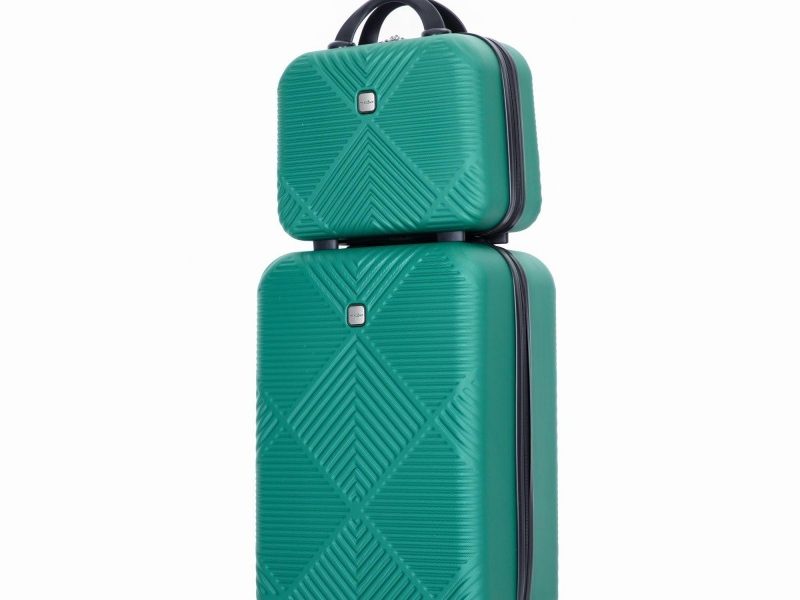As the world becomes more interconnected, the importance of grasping different languages and their nuances has never been more significant. For travelers, learning basic vocabulary in a foreign language can enhance their experiences immensely. One such word that travelers might frequently encounter is “suitcase.” In Spanish, the term translates to “maleta.” Understanding how to use this word, its different forms, and its relevance in travel contexts can transform a mundane journey into a more immersive experience.
This article will explore the term “suitcase in Spanish,” its various uses, how to choose the right suitcase, cultural insights related to luggage, packing tips, and its significance in travel scenarios. With this information, you will be better equipped for your next adventure, making communication and travel more enjoyable.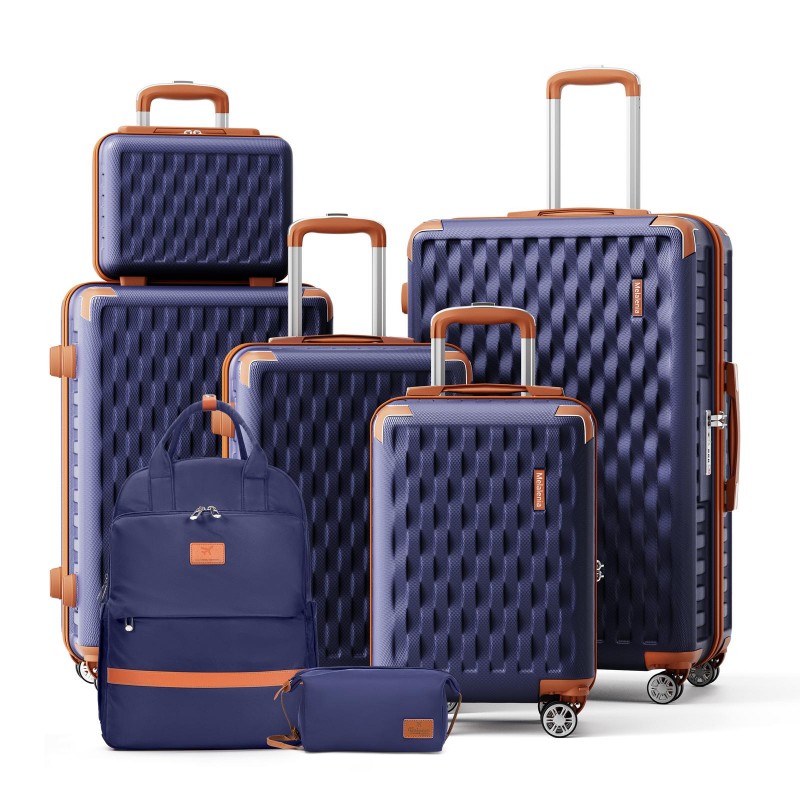
The Meaning and Use of “Maleta”
The word “maleta” refers directly to a suitcase in Spanish. It encompasses various types of luggage, including carry-ons, checked bags, and even backpacks in casual conversations. Understanding its use in everyday language is vital for anyone traveling to Spanish-speaking countries.
In different regions, the term may also appear in various contexts. For instance, while “maleta” is the standard term in most Spanish-speaking countries, you might hear variations or slang terms depending on local dialects. However, “maleta” remains universally understood across the Spanish language.
Knowing the word “maleta” is essential when checking in at an airport, asking for assistance in hotels, or simply discussing your travel plans with locals. It serves as a foundation for expanding your Spanish vocabulary related to travel and luggage.
Different Types of Suitcases
When we talk about suitcases, it’s essential to understand that there is a variety of types available, each tailored to different travel needs. Depending on your destination, travel duration, and specific requirements, you can choose from several types of suitcases or luggage styles.
Carry-On Bags
A carry-on bag is typically small, allowing you to keep it with you in the cabin. This type of luggage usually adheres to strict airline guidelines regarding size and weight. Knowing the term “maleta de mano” (hand bag) is useful in these contexts.
Checked Luggage
When traveling for an extended period, you might need to check in larger suitcases or “maletas de facturación.” These bags are meant to be stored in the airplane’s cargo area and are subject to specific weight limitations.
Backpacks
Many travelers prefer using backpacks as their main luggage. In Spanish, it’s often referred to as “mochila.” This versatile option allows for ease of movement, especially when navigating crowded spaces or uneven terrains.
Hybrid Luggage
Another option gaining popularity is hybrid luggage, combining features of traditional suitcases and travel backpacks. These bags, sometimes referred to as “maletas híbridas,” grant travelers the ability to adapt their luggage to various situations.
Cultural Significance of Suitcases in Spanish-speaking Countries
The concept of a suitcase often transcends mere practicality, embodying stories of journeys, adventures, and memorable experiences. In many Spanish-speaking cultures, the suitcase represents more than just a travel accessory; it symbolizes the journey of life itself.
For instance, in some Latin American cultures, a suitcase might signify both the excitement of travel and the bittersweet nature of leaving home. Many expatriates carry their “maletas” as they navigate new lives abroad, bringing pieces of their heritage with them, which are often reflected in how they pack their luggage.
Additionally, traditional packing practices often integrate local customs and items. Each culture might emphasize specific items that hold sentimental value, from clothing to family recipes that travelers want to carry along. Understanding these nuances can add depth to your travel experience and foster meaningful connections with the locals.
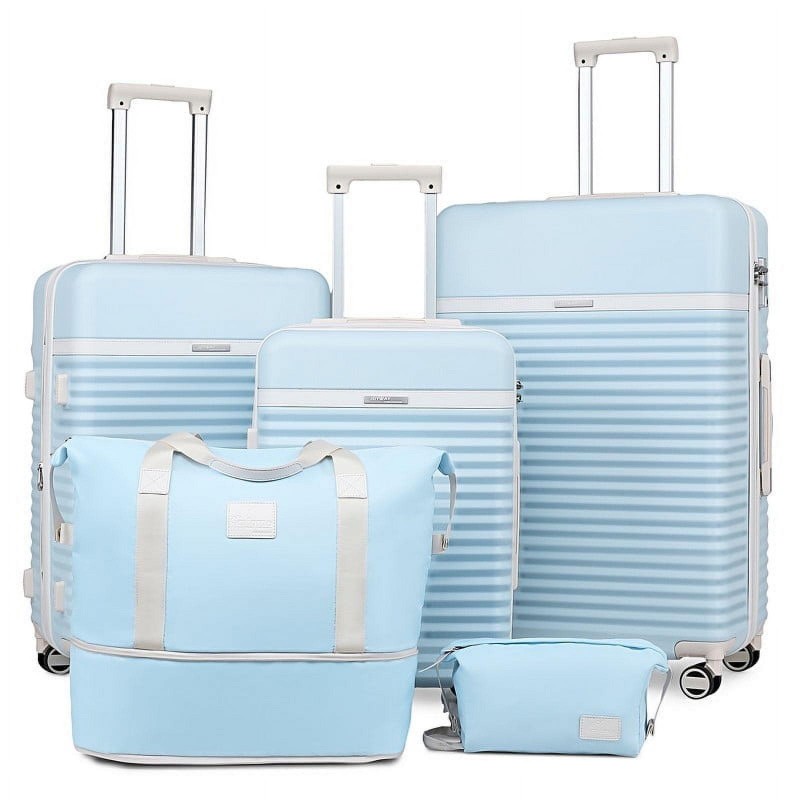
Packing Tips for Travelers
Knowing how to properly pack a suitcase is essential for anyone embarking on a journey, whether short or long, domestic or international. effective packing strategies can save space, reduce stress, and ensure that your trip goes smoothly. Here, we explore some tips to help you pack efficiently.
Choose the Right Suitcase
Select a suitcase that suits your travel needs, considering factors such as size, weight, and capacity. Research various brands and read reviews to find one that aligns with your travel style.
Create a Packing List
Before packing, create a list of essential items you’ll need during your trip. A well-thought-out list can help you avoid overpacking, ensuring that you only take what you truly need.
Roll Your Clothes
Rolling your clothes instead of folding them can save space and reduce wrinkles. This technique often allows for better organization within your suitcase.
Use Packing Cubes
Packing cubes can be a great addition to your luggage, providing structure and organization. Divide your clothes by type or outfit within these cubes, making it easier to find what you need.
Be Mindful of Weight Restrictions
Airlines typically impose weight restrictions on checked luggage. Weigh your suitcase before heading to the airport to avoid unexpected fees. A portable luggage scale is a helpful investment.
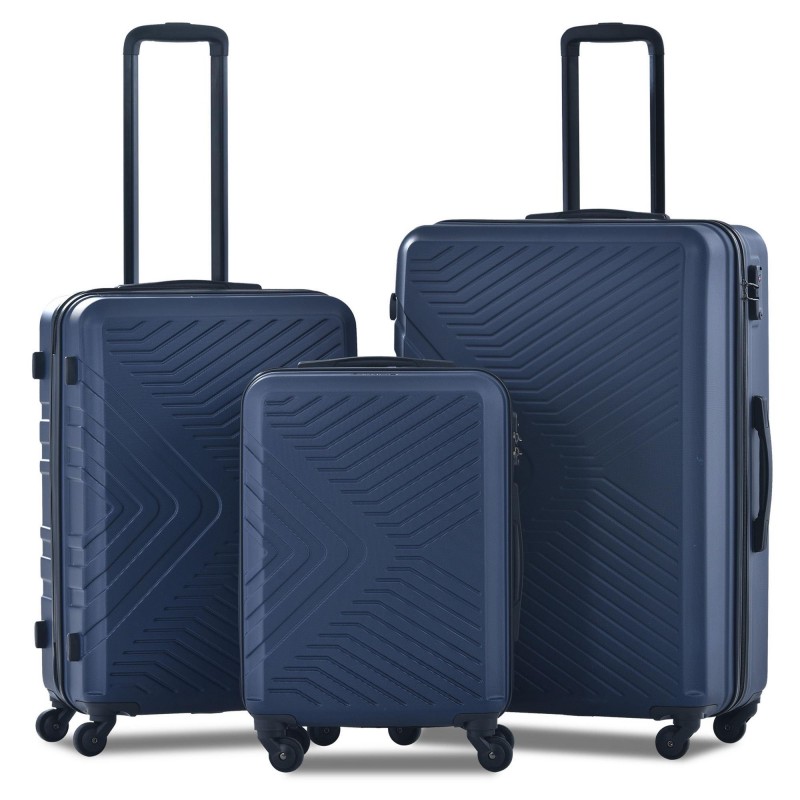
Airlines and Their Baggage Policies
When planning your travels, it’s essential to understand the baggage policies of the airlines you’re flying with. Each airline has its unique regulations regarding the size, weight, and number of suitcases you can take onboard, and knowing these details can affect your preparation.
For example, some airlines may have strict limits on the dimensions of your carry-on or checked bags. The “maleta de mano” size limit can vary, so it’s crucial to check your airline’s website before packing. Additionally, understand the fees associated with checked luggage, as these can add up quickly if not accounted for.
Furthermore, many airlines now have mobile apps that provide up-to-date information on baggage rules. These tools can help streamline your packing and ensure compliance with airline guidelines.
Essential Travel Accessories for Your Suitcase
Equipping your suitcase with the right travel accessories can significantly enhance your trip. These tools can aid in organizing your belongings and protecting your items while you’re in transit suitcase in spanish.
Luggage Locks
A sturdy luggage lock adds a layer of security to your suitcase, keeping your belongings safe during your travels. Many modern locks are TSA-approved, allowing airport security to open your bag without damaging the lock.
Compression Bags
If you’re short on space, compression bags can help reduce the size of your clothes, allowing you to pack more efficiently. They are especially handy when packing bulkier items like jackets.
Travel-Sized Toiletries
Carrying travel-sized toiletries ensures that you adhere to liquid restrictions while maximizing space in your suitcase. Check local regulations before packing to ensure compliance.
Portable Charger
Having a portable charger is invaluable for long trips, ensuring your devices remain powered throughout your travels. Look for lightweight, compact chargers that can fit easily in your “maleta.”
Experiences and Anecdotes from Travelers
Travel stories often revolve around the experiences that luggage witnesses along the way. Anecdotes about suitcases capture the essence of travel, from unexpected delays to serendipitous encounters while navigating foreign airports.
Many travelers recall moments when their suitcase contents saved the day, such as having a spare jacket during an unexpected cold snap or packing a beloved item that helped connect with a local community. The suitcase becomes a vessel for not only personal belongings but also the memories and moments that define each journey.
Additionally, some share humorous tales about how they overpacked or struggled with heavy luggage, offering a sense of camaraderie with fellow travelers. Understanding these shared experiences can help build connections within the global travel community.
Conclusion
The term “suitcase in Spanish” is a gateway to engaging with the broader world of travel, language, and culture. By understanding the meaning of “maleta” and its various uses, you can enhance your travels, communicate effectively, and appreciate the cultural significance of luggage in different regions.
Incorporating packing tips, being aware of airline policies, and recognizing the emotional connections tied to your suitcase can transform the way you experience travel. Moreover, the stories that unfold during your journeys are a reminder of the countless adventures that await.
As you embark on your next adventure, take a moment to reflect on the role of your suitcase. Whether it’s packing clothing, personal items, or memories, your “maleta” carries a piece of who you are and where you’ve been. Embrace the journey, and may your travels be as enriching as they are exciting.
